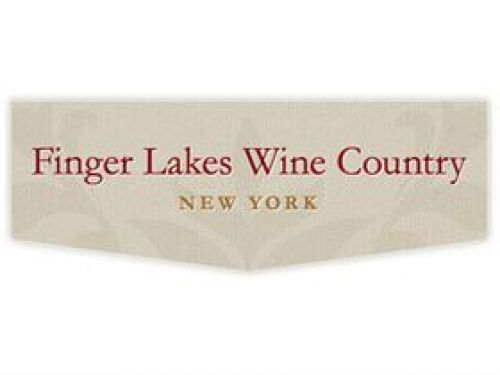Sommeliers Choice Awards 2023 Winners
In Finger Lakes wine country, Orange is the new White
Looking for something different in a Finger Lakes wine and can't decide between red, white or rose? Check out an orange.

Looking for something different in a Finger Lakes wine and can't decide between red, white or rose? Check out an orange.
Orange wine -- also known as amber or skin-fermented -- is a growing phenomenon at some Finger Lakes wineries.
White wines in the region are often prized for their light, aromatic and fruity qualities. Reds typically offer deeper flavors and aromas, more complexity and a heavier mouthfeel, or weight.
Red Tail Ridge Winery on Seneca Lake describes their version of orange wine -- which they've named Miscreant -- as "a white that drinks like a red."
"They're deeper in color with more intensity than you usually see in a white wine," said Vinny Aliperti, the head winemaker at Atwater Estate Vineyards, which is releasing two of its skin-fermented wines from the 2015 harvest this weekend. Atwater is also hosting an orange wine tasting event Sunday.
Orange or skin-fermented wines are made using white wine grapes. The juice is left in contact with the skins, stems and seeds after crushing and during fermentation. That gives them their deeper color and added complexity.
Typically, white wines are made from the juice of green grapes, and the skins, seeds etc. are removed right after crushing. Red wines, in contrast, are made from red or black grapes, and the juice is left in contact with the skins. Roses, meanwhile, are generally made from the juice of red or black grapes left in contact with the skins -- but for a shorter time than with reds.
The practice of leaving white wines on their skins dates back thousands of years, but generally dropped out of fashion in modern times. So it is in a way a "rediscovered" method.
It's been done in the Finger Lakes for a few years. Atwater, for example, began making skin-fermented whites (often chardonnay) almost a decade ago, but until the 2015 harvest only used it to blend with its regular barrel-aged chardonnays, Aliperti said.
In 2014, Shaw Vineyards on the west side of Seneca Lake released one of the first "100 percent" skin-fermented Finger Lakes wines, which it called Vin 'd'Orange. It was made primarily with sauvignon blanc grapes from the 2013 harvest.
Red Tail Ridge made its 2013 Miscreant with 69 percent chardonnay and 31 percent pinot gris grapes. Anthony Road Wine Co., currently has both a 2014 Skin Ferment Chardonnay and a 2014 Skin Ferment Riesling available.
Like Anthony Road, Atwater doesn't use the word "orange" on its labels, primarily to avoid confusing customers who might think it contains citrus fruit, Aliperti said. (Its 2015 Skin Fermented Chardonnay does have a lot of orange color on the label, though).
"Skin fermented is the more precise, technical term," said Aliperti, who also makes a skin-fermented wine for his own label at Billsboro Winery.
He finds the skin-fermented whites to have qualities of saltiness or brininess and more acidity, which also makes them more food friendly. He recommends them with salty or fried foods.
Playing around with skin-fermented whites allows Aliperti and fellow Atwater winemaker George Nosis to indulge their desire to experiment. (It was Nosis who suggested bottling Atwater's first 100-percent skin ferment wine).
In the last few harvests, they've expanded the grapes they use, adding Riesling and Vignoles for the 2016 vintage. They's also varied the time the grapes spend on the skins (the maceration period). Initially they limited it to a week, but for the 2016 vintage they expanded the time for selected amounts.
Read More At: New York Upstate









